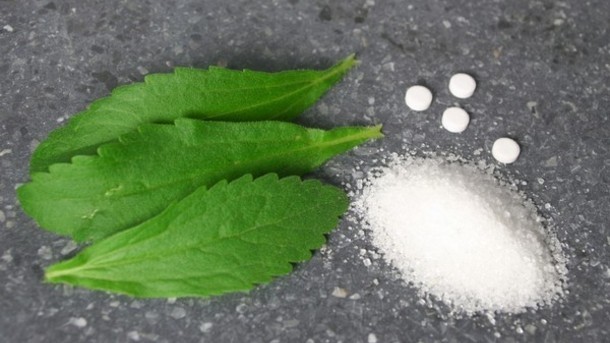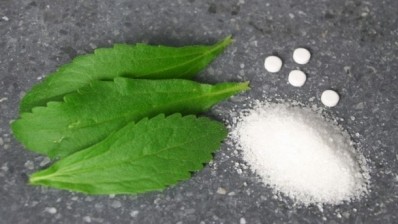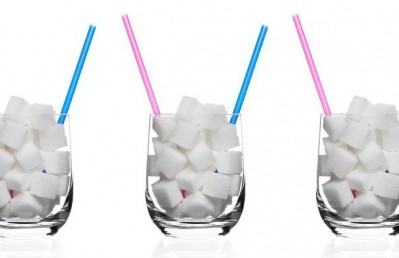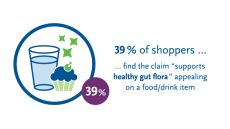Sweeteners face slow growth prospects in Europe and US

Declining consumption of soft drinks in Europe and the USA has slowed growth prospects for stweeteners as a category to near zero, despite the impact of new natural sweeteners like stevia gaining ground, says IHS. However, demand for a wide range of high-intensity sweeteners remains strong in South America and Asia, according to the new research data.
“Worldwide consumption of high-intensity sweeteners is largely dependent on production of diet carbonated soft drinks and low-calorie food,” noted Marifaith Hackett, director of specialty chemicals research at IHS Chemical, and principal author of the 'IHS Chemical Economics Handbook - High Intensity Sweeteners Report'. “Beverages are the largest end-use for high-intensity sweeteners, followed by food, tabletop sweeteners, personal care products (such as toothpaste), and pharmaceuticals.”
According to Hackett, global consumption of high-intensity sweeteners for all applications totalled more than 139,000 metric tons in 2013, with the amount used for sweetener applications the equivalent in terms of sweetness to more than 18 million metric tons of table sugar
“The value of the market for high-intensity sweeteners in sweetening applications was more than $2 billion dollars [€1.5bn] in 2013,” she said.
Low calorie demand
Hacket noted that growing concerns with regard to obesity, and the connection between diet and major diseases like diabetes and heart disease have caused many consumers to re-examine their diets and lifestyles and seek healthier alternatives, including low- or no-calorie versions of food and beverages.
"High-intensity sweeteners enable food producers to deliver reduced-calorie products that taste good. Sugar-free gum, for example, outsells regular gum," said Hacket.
However, the use of high-intensity sweeteners by food producers can also be impacted by regulations, and an increasing number of national and local governments - concerned about the rise of obesity and diabetes - are considering taxes on high-calorie soft drinks and processed foods, she said. Notably, the IHS report stated that the Mexican government recently enacted a tax on high-calorie processed foods, including carbonated soft drinks.
Declining market
However, in North America and Europe, consumption of soft drinks – a major end use for high-intensity sweeteners – is declining, said the report. As a result, demand for some artificial sweeteners is flat or decreasing in these regions.
“We are seeing a significant shift in consumer behaviour and preferences in Western Europe and North America,” Hackett said. “Health-conscious consumers are drinking fewer sodas. In addition, they are seeking out beverages and foods made with natural ingredients, including sweeteners such as stevia extract."
"The challenge for food producers is to find sweeteners that meet consumer expectations but also taste good and meet cost and performance parameters."
"When it comes to taste, refined sugar remains the ‘gold standard’.”
Stevia growth
While many industry players may be slow to adapt products, and all are reluctant to reformulate 'marquee products' - they do experiment with new sweeteners when introducing new products, said Hacket.
"Last year, global demand for stevia extract was slightly more than 2 thousand metric tons, which is quite small when compared to demand for some of the more established sweeteners such as saccharin or cyclamate, but demand is growing in both developed and developing markets, and by 2018, we expect demand for stevia extract to reach 3 thousand to 4 thousand metric tons annually.”

























